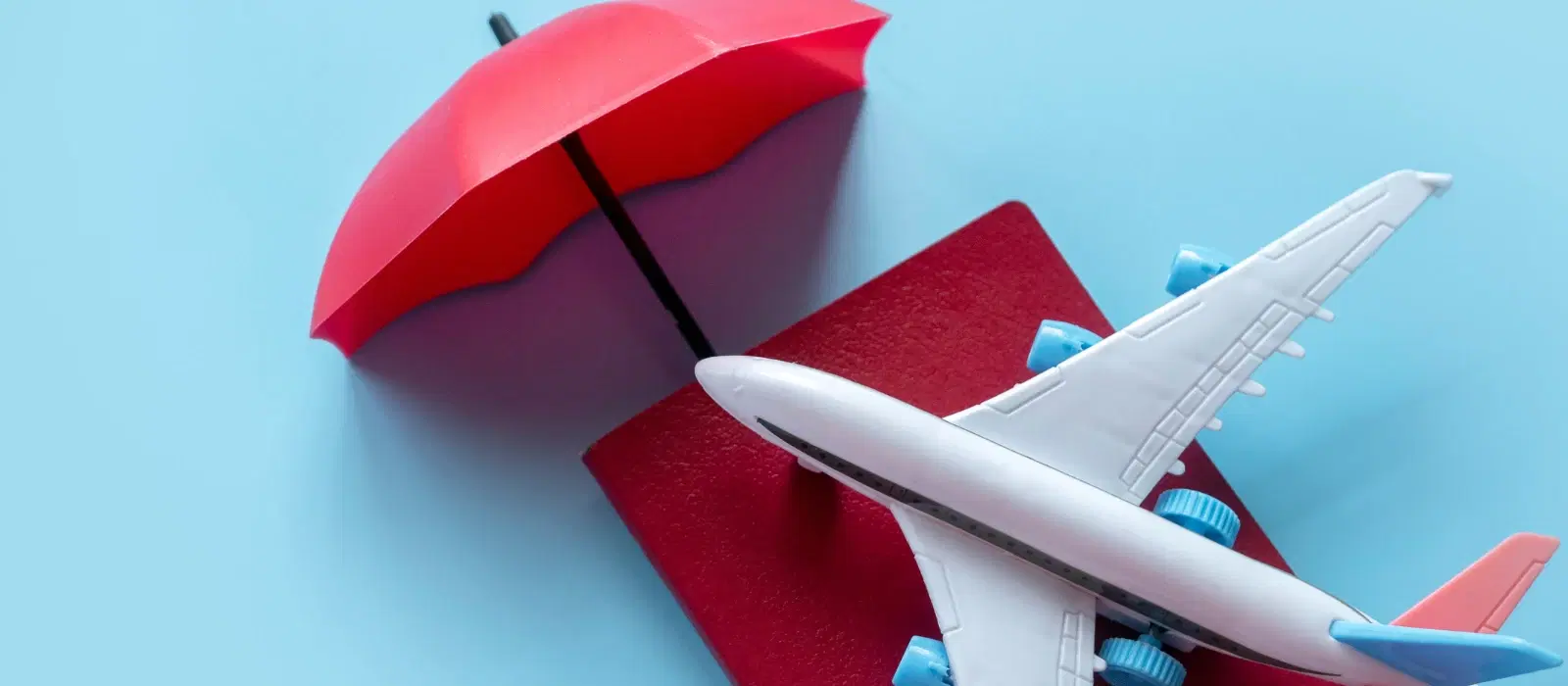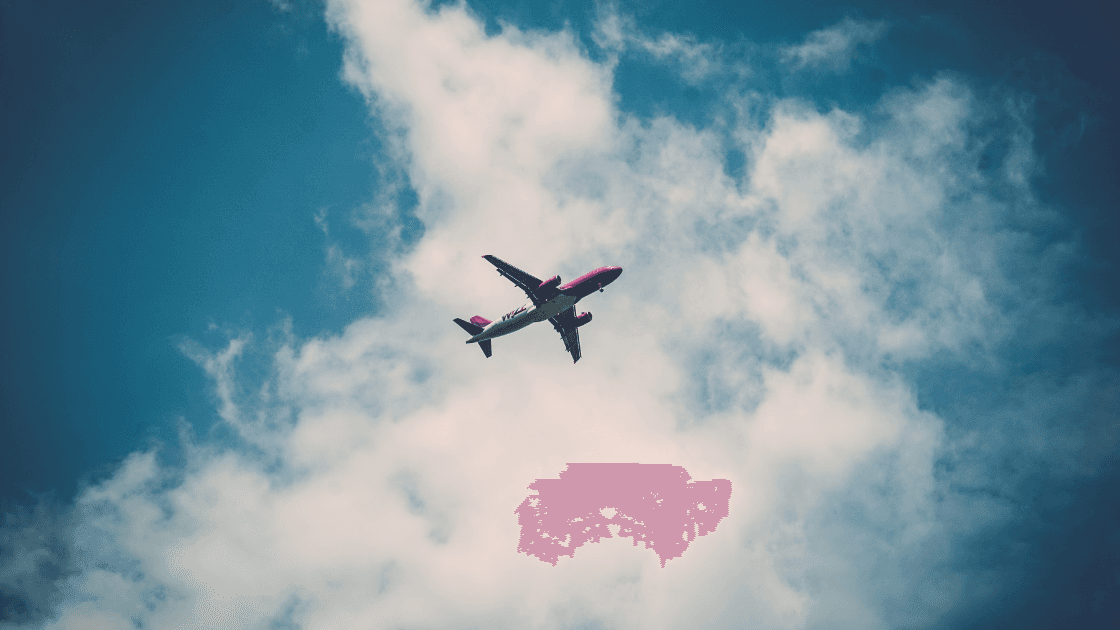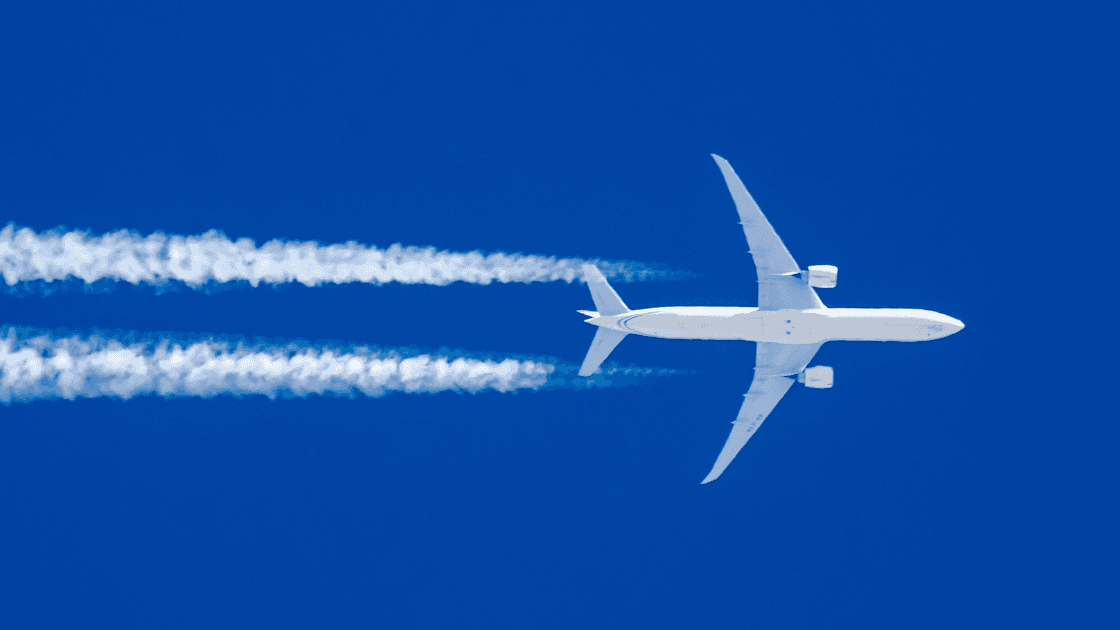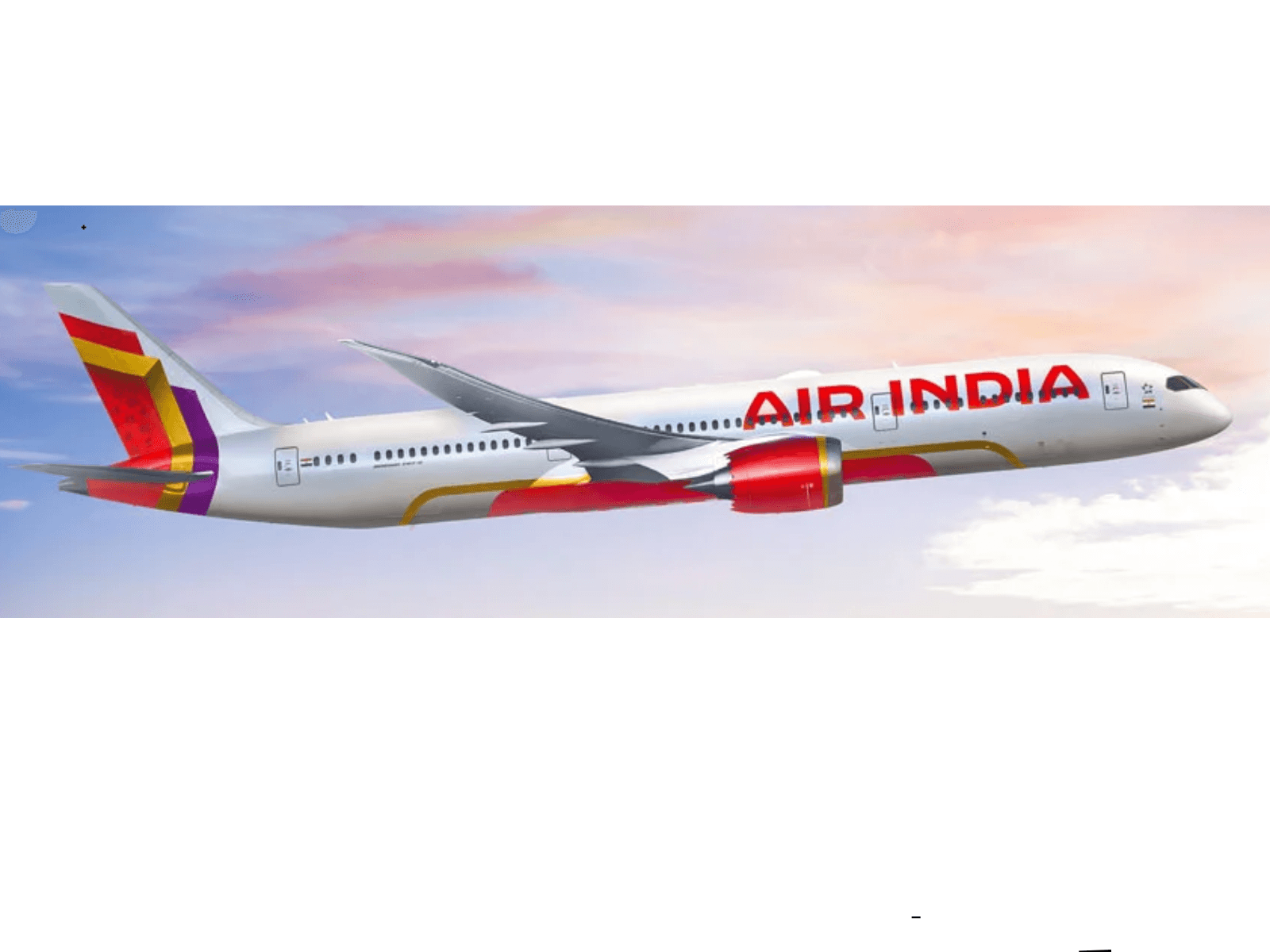
Flights
•07 min read

The use of drones is soaring high across India, and with this rising trend comes a wave of curiosity and questions about the legalities surrounding their operation. Are drones allowed in flight in India? As you navigate the skies with your drone, understanding the legal framework is absolutely key, not just for your safety but also to ensure you enjoy a hassle-free flying experience. In today’s fast-paced world, while technology propels us to new heights, Tata Neu Travel is here to ensure that every journey—whether it’s exploring aerial views or booking a seamless flight experience—connects you with reliability, comfort, and the promise of enriched travel moments.
Drones have become the latest gadget to capture imaginations, offer aerial perspectives, and transform many sectors. However, as their popularity increases, so does the need to understand the rules governing their operation. When we ask, is drone allowed in flight in India, it’s important to first look at the regulatory framework that guides drone operation in the country.
The legal pathway for flying drones in India is overseen by a well-defined set of rules and guidelines. The primary regulatory authority is the Directorate General of Civil Aviation (DGCA), responsible for issuing directives that ensure safe and responsible drone usage. Key aspects include categorizing drones by weight and usage, the necessity of obtaining a Unique Identification Number (UIN) for every drone, and complying with a series of operational requirements. Recent research, including updates from DGCA notifications (source: DGCA official releases), reinforces the need for both hobbyists and commercial operators to stay updated on drone regulations India and related policies.
Drones in India are broadly classified based on their weight and intended usage. Whether you fly them for recreational purposes or for commercial ventures, each category has specific requirements. For recreational or hobbyist activities, a simpler registration process may apply compared to commercial operations, which often require additional safety measures such as third-party liability insurance. This system exemplifies how drone laws India are structured to provide safety, security, and accountability while promoting innovation in aerial photography and other professional uses.
A pivotal aspect of flying drones in India is understanding the permissions and restrictions involved. The regulatory system is designed to streamline legal operations while ensuring that drone flights do not pose any risk to public safety or national security.
One of the key concepts to grasp is the No-Permission-No-Takeoff (NPNT) policy. Under this regulation, drone operators are required to obtain explicit permissions before launching their drones. This protocol minimizes unauthorized or risky flights, ensuring that drones are only launched once all legal and safety prerequisites are met. If you are wondering is drone allowed in flight in India, it is crucial to complete all registration and permission steps mandated by the DGCA before takeoff.
The process to secure flight permissions involves submitting important details such as your drone’s specifications, flight plans, and operational areas via a standardized online portal. Once verified, operators receive digital clearance that confirms their eligibility to fly. Additionally, flight permissions come with strict guidelines on no-fly zones. Areas such as airports, military zones, and other sensitive regions are off-limits to protect public safety and critical infrastructure. These restrictions illustrate the balanced approach of maintaining robust safety measures while supporting innovative uses of drone technology.

When planning to take your drone into the skies, it is essential to distinguish between commercial and recreational usage. The excitement of capturing breathtaking aerial views is universal, but different rules apply based on your intended use.
Professional or commercial drone operations are subject to more stringent regulations. Commercial operators must adhere to robust measures that include obtaining drone insurance and often pilot certification. On the other hand, recreational users can benefit from a more relaxed regulatory environment yet must adhere to fundamental India drone guidelines to ensure safe and respectful flights. This balanced regulatory framework ensures everyone, irrespective of the purpose of their drone operation, is flying within safe and legal limits.
Safety while flying a drone is paramount. Always maintain a Visual Line Of Sight (VLOS) with your drone and avoid crowded or sensitive areas, especially during peak activity hours. Complying with maximum permissible altitude limits, often defined by the drone operation India guidelines, is an essential safety measure. Moreover, respecting personal privacy by being mindful of your surroundings and the areas you fly over is critical in preventing conflicts and ensuring that you uphold legal and ethical standards.
The evolution of drone regulations in India mirrors rapid global technological advancements. Initial drone laws were rudimentary, focusing solely on safety. Today, however, drone rules in India have advanced to address complex issues such as data privacy, insurance for commercial operations, and categorizing drones based on potential risks. Experts now predict that the India drone policy will continue to evolve as technology advances, further fine-tuning the balance between innovation and regulation. This dynamic regulatory landscape supports both hobbyists and professionals in exploring new opportunities in aerial technology.
Consider the example of a local startup that uses drones for real estate photography in Mumbai. By carefully adhering to the DGCA guidelines—including registration, obtaining NPNT clearance, and observing no-fly zones—the team has been able to capture stunning aerial views of iconic locations while ensuring complete compliance with legal requirements. Such real-life examples emphasize the importance of understanding and following drone flight permissions in India, acting as a model for safe and successful drone usage.
Yes, it is legal to fly a drone in India as long as you adhere to the guidelines set by the DGCA, including obtaining the necessary permissions and registration.

Penalties can include fines, confiscation of the drone, and even legal action depending on the severity of the violation. It’s important to follow all drone regulations India carefully.
For recreational use, a license is generally not required. However, commercial operators must obtain a remote pilot certificate and fulfill all licensing requirements as per the DGCA guidelines.
No, flying a drone near airports, military zones, and other sensitive areas is strictly prohibited under drone restrictions India to ensure safety and national security.
Registration involves submitting an application through the official DGCA portal, after which you receive a Unique Identification Number (UIN) required to legally operate your drone.
Before your maiden flight, confirm that your drone is registered, understand the specific no-fly zones in your area, and ensure you have the necessary permissions issued through the online portal. This preparation helps ensure a smooth and safe experience.
Yes, while there is no universally fixed age limit for recreational drone pilots, commercial operations often have specific age and experience requirements as defined by the DGCA guidelines.
In summary, adhering to the robust drone regulations in India is essential for ensuring safe and legally compliant operations, whether for leisure or business. From understanding the NPNT policy to navigating no-fly zones, every step is designed to safeguard the skies. Just as operating a drone requires precision and careful planning, planning your travel with Tata Neu becomes equally rewarding. With exclusive partnerships with Air India and Air India Express, Tata Neu Travel offers seamless booking experiences, integrated loyalty benefits like NeuCoins, and luxurious yet affordable travel options that connect you with India’s rich cultural heritage and modern conveniences. As you prepare for your next aerial or travel adventure, let safety, compliance, and enriched experiences guide your journey.